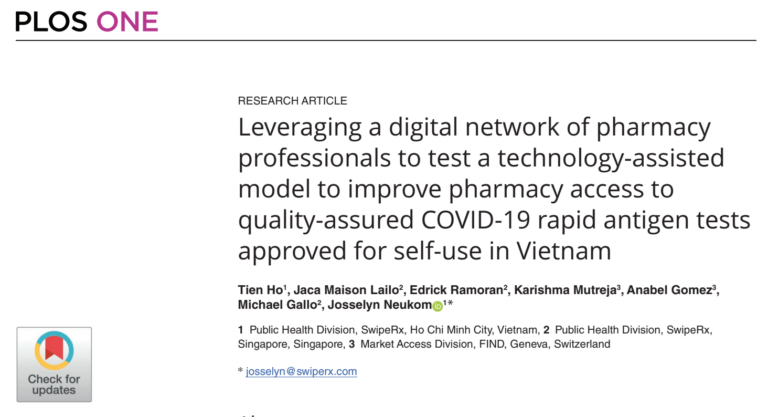Despite mounting concern about the overuse and misuse of antibiotics, many physicians continue to make prescribing errors that amplify the problem. Many pharma companies have expressed support for solutions, but will they follow through on their promises?
Antibiotic prescribing errors take many forms. The most common error is overuse. Around the world, physicians routinely prescribe antibiotics when they are not needed. This is partly due to the realities of modern clinical practice. Physicians often don’t have the time or diagnostic equipment available to determine the true cause of an ailment. In the absence of good information, antibiotics provide a quick, defensive remedy.
Physicians also sometimes make the mistake of prescribing the wrong type of antibiotic, or prescribing it in the wrong quantity and dosage. This is understandable, as guidelines change regularly. But even when they get it right, physicians sometimes neglect to inform their patients about the risks of deviating from the treatment plan, resulting in sub-optimal adherence rates.
When patients do not get the right course of treatment, they face harm. In the case of antibiotics, prescribing errors also pose risk to society at large. Every time a patient takes the wrong antibiotic medicine, or fails to finish a course of treatment, they give bacteria a chance to evolve new resistance mechanisms. Drug-resistant bacteria and other microbes already claim roughly 700,000 lives per year, according to a recent report by the Review on Antimicrobial Resistance, and pose growing challenges to our global health system.
Pharmaceutical companies have an important role to play in stopping prescribing errors. As the principal makers and marketers of antibiotics, their business practices have major impact on how antibiotics are distributed, prescribed, and used. They cannot fix this problem on their own, and will need to work alongside policymakers, providers, patient groups, and other stakeholders. But unless they take part in the solution, the problem won’t go away.
But why might pharmaceutical companies want to address this problem? Some pharmaceutical companies actually benefit from antibiotics overuse, which buoys sales. Moreover, physician education and related initiatives aren’t free. Why should pharmaceutical companies pay to fix a problem that isn’t necessarily their fault?
One incentive is branding. Particularly for makers of off-patent products, pharmaceutical companies compete for market share on more than just cost. They also compete on other factors like brand awareness and trust. By reaching out to prescribers and ensuring their products are used correctly, they build positive relationships with physicians, patients, and payors.
Richard Saynor, who manages GSK’s global portfolio of classic brands, believes that “extrinsic” quality factors like brand recognition will become increasingly important in a world where low-cost generics have the same “intrinsic” attributes as branded medicines. At the FT Asia Healthcare and Life Sciences Summit in May 2016, he said that GSK, which makes several types of antibiotics, was working to improve prescriber engagement in many markets.
The benefits could extend beyond just short-term sales. As more countries shift towards national healthcare plans, getting reimbursed requires ever more evidence of value. By demonstrating that their products are used correctly, makers of branded medicines like GSK could build a case that their products deserve reimbursement alongside or even instead of lower-cost alternatives.
Yet there’s also a broader issue at stake. The more antibiotics are overused and misused, the less effective they become, and a growing chorus of researchers are pointing to the potentially cataclysmic hazards of antibiotic resistance. Some manufacturers see this as a matter of social responsibility.
At the global level, pharmaceutical companies have made commitments to do their part. At the World Economic Forum in January 2016, many of the world’s top pharmaceutical, biotech, and diagnostics companies signed a declaration that called for efforts to combat antibiotic resistance. Encouraging prudent stewardship of currently-available therapies was a major pillar of this declaration.
Whether such commitments trickle down to the local level, and ultimately make a significant difference, is yet to be seen. Yet many of the world’s more forward-thinking manufacturers of antibiotics understand that the status quo is not sustainable. At least they’re looking in the right direction.

SwipeRx Partners with the Drugstores Association of the Philippines and CPhAD at Annual Convention
✨ SwipeRx is thrilled to have participated in the recently concluded 26th Annual Drugstores Association of the Philippines (DSAP) Convention last March 26-28, 2025 as






